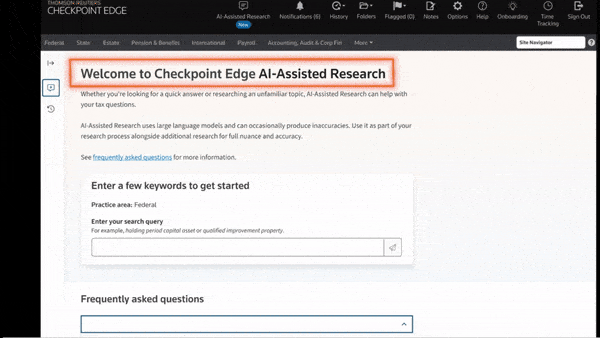In recent years, the security of taxpayer information has become a paramount concern, highlighted by high-profile breaches and unauthorized disclosures.
Jump to ↓
The Taxpayer Data Protection Act, recently passed by the House of Representatives, represents a significant legislative effort to fortify the penalties associated with the unauthorized disclosure of such information.
This blog aims to provide a detailed overview of the Act, its background, and the implications for taxpayers, and the handling of their sensitive data.
The need for stronger penalties
The Taxpayer Data Protection Act, also known as H.R.8292, was introduced in response to a series of troubling data breaches involving taxpayer information. Notably, an IRS contractor named Charles Littlejohn leaked sensitive tax details of numerous Americans, including high-profile figures like former President Donald Trump and billionaires Elon Musk and Jeff Bezos.
These disclosures, which occurred between 2017 and 2021, were made to media outlets such as The New York Times and ProPublica. Despite the severity of his actions, Littlejohn faced relatively mild repercussions—a mere five years in prison and a $5,000 fine. This incident highlighted the inadequacies of existing penalties and spurred legislative action to prevent future breaches.
Key provisions of the Taxpayer Data Protection Act:
- Increased penalties: Unauthorized disclosures now carry penalties of up to $250,000 or imprisonment for up to 10 years, significantly higher than the previous maximums.
- Expanded protections: The legislation expands protections to cover all taxpayer return information, not just the returns themselves.
- Whistleblower safeguards: The act includes provisions to protect whistleblowers who report unauthorized access or disclosure of taxpayer information.
- Mandatory notification: The IRS is required to notify taxpayers within 30 days if their information has been compromised.
- Annual reports: The Treasury Inspector General for Tax Administration must submit annual reports to Congress on unauthorized access and disclosure incidents.
Potential impact:
- The Taxpayer Data Protection Act is expected to:
- Deter unauthorized access and disclosure of taxpayer information
- Increase accountability within the IRS
- Enhance public trust in the tax system
- Provide greater transparency regarding data breaches
Protecting taxpayers’ privacy
The primary goal of the Taxpayer Data Protection Act is to enhance the deterrence against unauthorized disclosures of taxpayer information.
By increasing the penalties, the Act aims to dissuade potential violators from engaging in the theft and disclosure of sensitive tax data. This legislative move is expected to significantly reduce the incidence of such crimes, thereby protecting the privacy and security of American taxpayers.
Ensuring stronger protections for taxpayer data
The passage of the Taxpayer Data Protection Act marks a crucial step forward in the fight against the unauthorized disclosure of taxpayer information. By updating the penalties and treating each disclosure as a distinct violation, the Act strengthens the legal framework necessary to protect sensitive taxpayer data. As it moves forward, the effectiveness of this legislation will be closely monitored to ensure that it meets its goal of safeguarding the financial privacy of Americans.
 |
|
 |
|